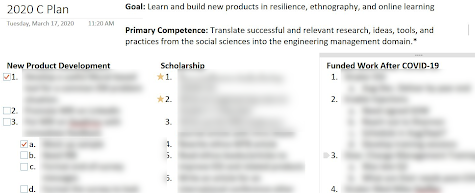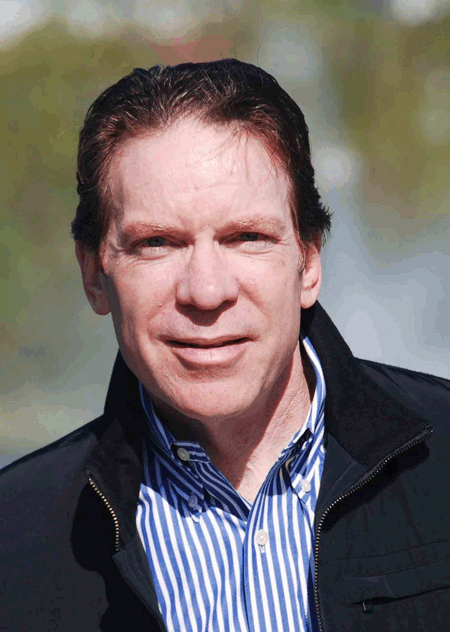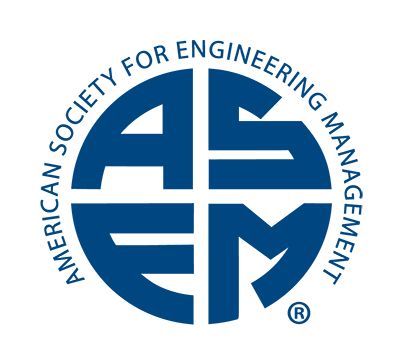by Larry Mallak, PhD, FASEM
The Great COVID quarantine of 2020 changed how we work, live, play, read, source essentials, and even how we think. We used new tools, got creative with old ones, connected more with some people and less with others, things were canceled, webinars were added, plans were scuttled and new ones were created, some gigs went away and others were added. When you look back on your time working from home (WFH), what will you identify as your accomplishments? Did you intentionally write down goals to achieve during this time or did it just evolve on its own?
There’s still time, but not much. By the time this is published, some cities, states, and regions, and nations will be “reopening.” People will be going back to work, socializing in small groups, and more. Will you go back to work as the same old “you” or will you be different?
When my employer, Western Michigan University, made the decision to move all classes online in March, I was appointed by our Provost to a team to help with “instructional continuity” because of my experience in online teaching. I went on to build a special “2020c” plan for myself with all sorts of ideas for reading, research, writing, networking, etc. (See the graphic below.) I thought I would have lots of extra time to finally get caught up on my reading and research.

I eventually became one of 11 people tapped as “Faculty Champions” at WMU, charged with being a point person for online course conversion. I created YouTube videos on quiz creation, creating quick ‘n dirty narrated PowerPoints, and more. I answered many emails and held Webex meetings to troubleshoot and solve online course problems. But, I really didn’t get to that reading and writing as I had planned.
A few webinars caught my attention. Often, I can’t spare an hour for these, but I viewed them as a way to connect and to learn. So, I “went” to Harvard and learned tips for remote teaching and how to hold simulations online. I attended a webinar with EPIC (Ethnographic Praxis in Industry Conference) and learned tips for remote work from the founder of Stripe and ethnographer Sam Ladner, among others. I attended online whiteboarding firm Mural’s webinar on collaborative tools, as well. I implemented many of these tips in my grad class and it went really well.
I revisited my 2020c plan after nearly two months at home. What did I accomplish? Well, quite a bit, but not exactly to plan. Highlights include figuring out how to put my Workplace Resilience Instrument online and provide real-time feedback, developing a Mural-based problem-solving tool, working up a resilience study, and networking. I learned many new online teaching tools, techniques, tips, and created some of my own.
Here are some tips I’ve learned and share for remote work and teaching:
- Start with tools you already know and have access to. Here at WMU, my coaching and videos were initially based on PowerPoint and then I added Webex.
- Make screencast recordings using your videoconferencing tools. You don’t need Camtasia or other software (and the associate learning curves) to create a screencast. Just set up a meeting with no attendees (other than yourself), hit “record,” and deliver your class. End the recording and leave it alone for a hour or so to render.
- Keep those recordings short. Your class may be 75 min. or longer, but each video you create should only be 10-20 min. long. You’ll just need more videos, but they’ll usually not add up to the full class time. Focus on what’s really needed in those videos.
- Don’t just “pave the cowpaths”! If you are looking to replicate your in-class experience online, it’s time to rethink. There’s a different pedagogy for online teaching. See the linked Harvard webinar for details. Try one or two things; don’t do it all at once.
- Asynchronous vs. synchronous? You’re familiar with synchronous—the live lectures and interactions, but these present accessibility problems online. Recording and preparing online content for asynchronous delivery makes access easier for all students—maybe they’re sharing a laptop or don’t always have good internet access; some students need captions and these are typically available on recorded videos but not “live.” Maybe they now have to work during the day and can’t get to the classwork until evening.
- Learn from others—there are many online sources for effective remote teaching techniques. I’ve found the Harvard site—while designed for B-school instructors—relevant for many disciplines, especially engineering management.
When I emerge from COVID, I will have strengthened my online teaching capabilities, contributed to the knowledge base for online teaching, advanced my research, and built connections with many people whom I would not have “had time for” or the circumstances for those opportunities.
When you bust out from COVID, who will you be? Without a plan and goals, you might get lucky. However, with a plan, even if not fully-executed (like mine), you should be able to sport new skills, have notable accomplishments, have contributed to the success of others, and emerge better than you entered. It’s in your hands—wash them now and move forward!
Further Reading
About the Author
 Dr. Larry Mallak is an industrial engineer whose work on corporate ethnography is bringing new tools to balance the art and science of new product development. He’s a Professor of Industrial and Entrepreneurial Engineering & Engineering Management at Western Michigan University. Prior to his university appointment, he worked in Charlotte, North Carolina, for Premier Healthcare and he has worked as a science reporter for National Public Radio. His work has been featured in numerous outlets, including TEDx, Engineering Management Journal, WORK, and Industrial Management. He holds Ph.D. and M.S. degrees in Industrial & Systems Engineering from Virginia Tech, with a B.S. in Industrial Engineering from the University of Illinois. Dr. Mallak is a Fellow of ASEM.
Dr. Larry Mallak is an industrial engineer whose work on corporate ethnography is bringing new tools to balance the art and science of new product development. He’s a Professor of Industrial and Entrepreneurial Engineering & Engineering Management at Western Michigan University. Prior to his university appointment, he worked in Charlotte, North Carolina, for Premier Healthcare and he has worked as a science reporter for National Public Radio. His work has been featured in numerous outlets, including TEDx, Engineering Management Journal, WORK, and Industrial Management. He holds Ph.D. and M.S. degrees in Industrial & Systems Engineering from Virginia Tech, with a B.S. in Industrial Engineering from the University of Illinois. Dr. Mallak is a Fellow of ASEM.
